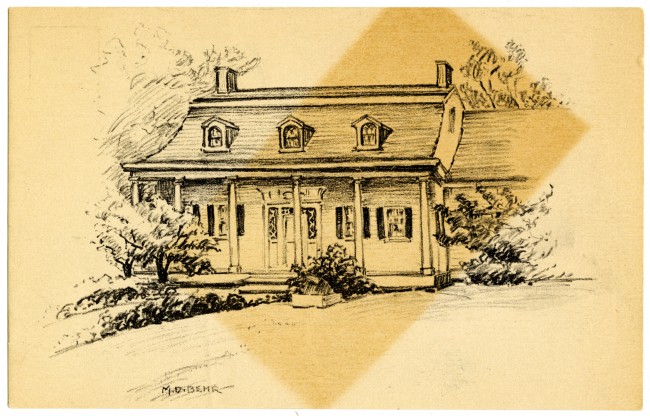“These men came to the new world neither as soldiers nor sailors, not even as traders; agricultural pursuit was their gain … They brought their families with them and all their household effects; for they looked forward to making the New World a permanent home for themselves and their children.”
– Gertrude Lefferts Vanderbilt, A Social History of Flatbush, 1881.
In 1661, Dutch immigrant Pieter Janse Hagewout purchased a farm in the town of Midwout, later called Flatbush, on Long Island. Pieter’s son, Leffert Pieterse, would give this pioneering family their now-iconic surname. These men were the first of many generations of Leffertses to call , the present-day borough of Brooklyn, home.
Over the centuries, the Lefferts clan helped make Kings County into one of the most productive agricultural centers in the country, amassing land, slaves, and political influence along the way. Ironically, this family of farmers later spurred the commercial, industrial, and residential development of Flatbush and other areas of Kings County, transforming Brooklyn into the bustling urban center we know today.
As landowners, financiers, politicians, historians, and real estate developers, members of the Lefferts family played integral roles in Brooklyn’s multifaceted history. But the Leffertses also perpetuated many of the injustices and inequalities that mark American history. One of Kings County’s biggest slaveholding families, the Leffertses derived much of their wealth from the labor of enslaved people and, after statewide emancipation in 1827, of tenants that tilled their land. Only by tracing the stories of the Lefferts family alongside those of lesser-known Brooklynites can we understand the complex and enduring legacy of one of Brooklyn’s first families.


